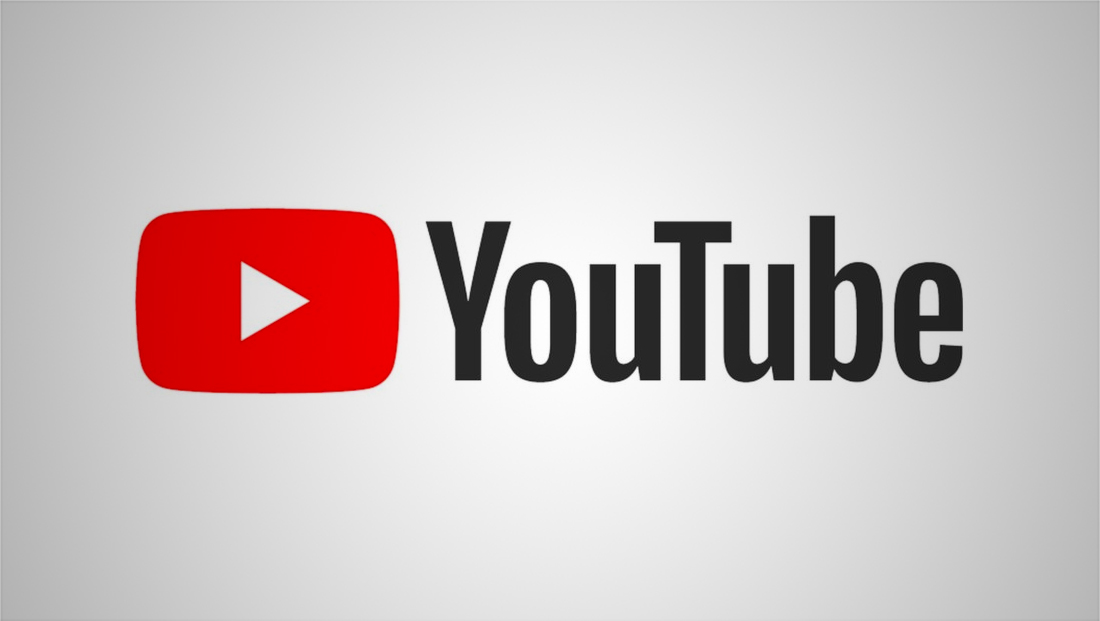More people are watching YouTube on connected TVs than mobile devices

Subscribe to NCS for the latest news, project case studies and product announcements in broadcast technology, creative design and engineering delivered to your inbox.
YouTube has announced a key statistic — more people are watching the service on connected television sets than mobile devices in the U.S.
The news came as part of YouTube CEO Neal Mohan’s annual letter, which was published ahead of the video site turning 20 later in 2025.
Mohan notes that, while users are viewing YouTube on the “old” technology of TVs, it’s hardly reverting back to the old way of consuming video.
While Mohan does acknowledge that people are watching YouTube Shorts, which are traditionally thought of as a mobile-first vertical video offering, on connected TVs, he also advocates for content creators to focus on content for the “big screen” as well as the second screen.
To that end, he notes that YouTube has been running limited tests on a feature it calls “Watch With” that allows creators to add their own live commentary and real-time reactions to games and events. So far the tests have been focused largely on sports, but plans call for tests to expand to broader types of content in 2025.
The letter also notes that YouTube has been seeing strong signals that advertising tools such as QR codes and pause screen ads are resonating more with consumers.
On a broader scale, YouTube is also becoming the “epicenter of culture” — with its content influencing trends, politics and buying behavior. The service also serves a key role in cultural exchange as well as serving as the launching point for YouTubers who are “becoming the startups of Hollywood.”
Mohan notes that YouTube hopes to be able to continue fostering creators by providing them with tools and resources to build their content-based businesses. While advertising is one of the most obvious choices, other approaches have been successful. In 2024, for example, half of the best-performing channels were able to generate at least some revenue from a source other than traditional ads or YouTube Premium revenue share, with shoppable videos and recommendation based strategies playing a key part in that trends.
YouTube also measured a 40% hike in channel memberships, which are distinct from ads and revenue share from premium subscriptions, though YouTube still takes a 30% cut of all subscriptions.
Finally, Mohan ends by noting the role AI has and will continue to play with YouTube, noting the company’s tools that generate image and video backgrounds and instrumental music to accompany videos.
The service is also looking to add more tools to help creators generate ideas for content, as well as generate better-performing titles and thumbnails. YouTube has also been able to leverage AI to dub videos into other languages, which boosts potential audience.
AI will also play a role in how the company controls access to content based on ages, with machine learning that will estimate a viewers’ age and steer them toward the most appropriate content.
YouTube also noted that it is working on a “pilot” with the creative industry to help influential figures better protect themselves and their content against nefarious uses.
Subscribe to NCS for the latest news, project case studies and product announcements in broadcast technology, creative design and engineering delivered to your inbox.




tags
Connected TV, google, youtube
categories
Broadcast Industry News, Featured, Market Research Reports & Industry Analysis, Streaming